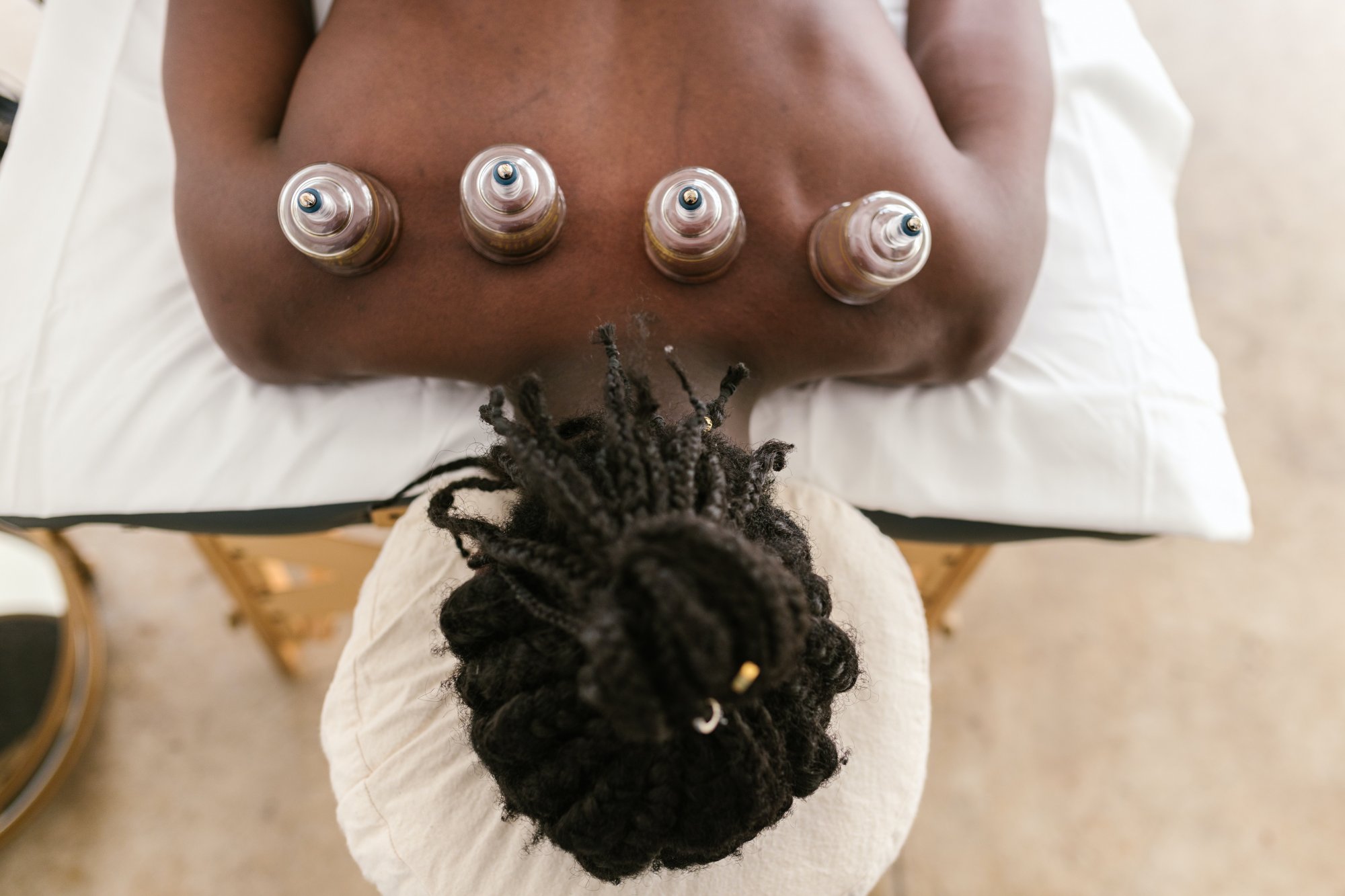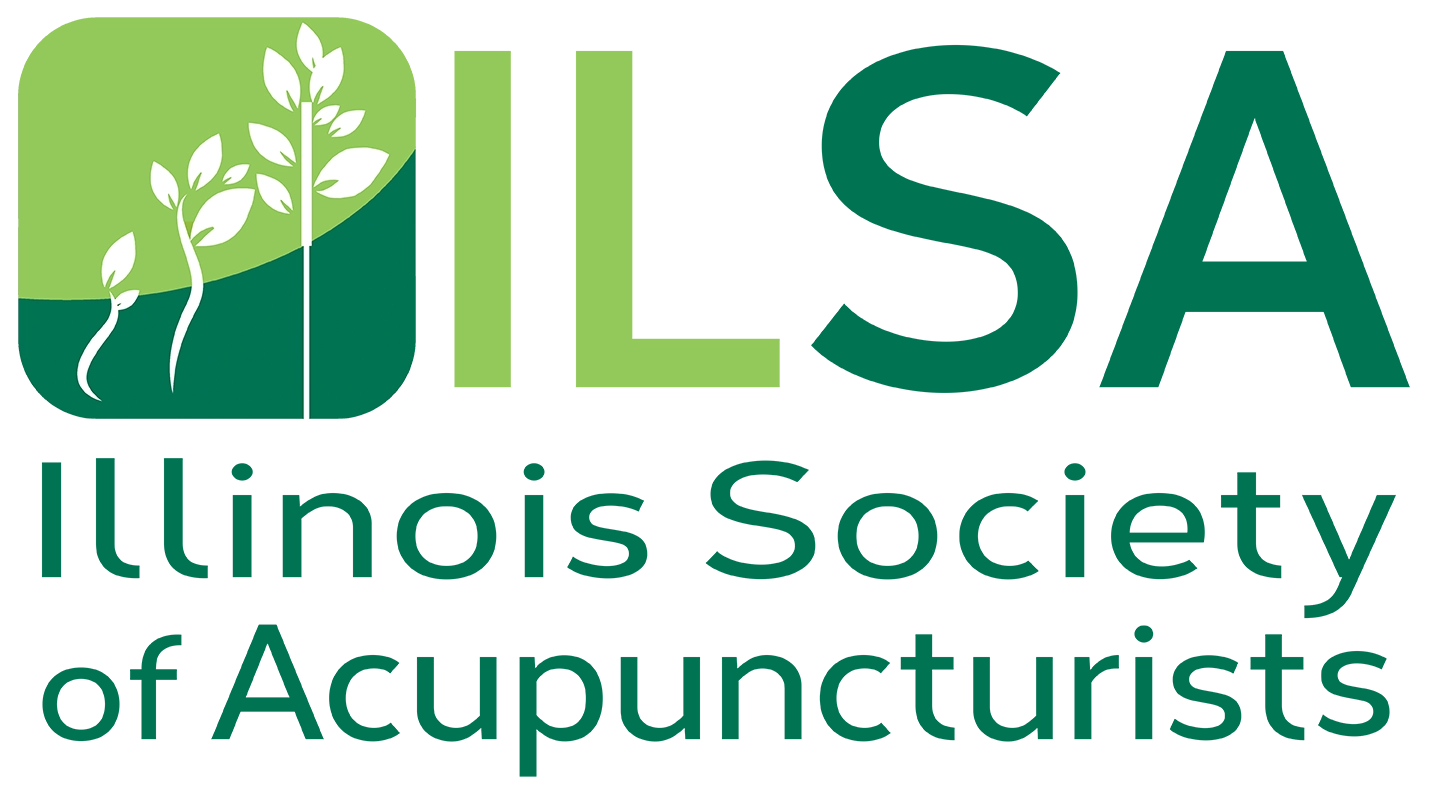Go into any Acupuncturist’s office, and you’ll likely see a brochure for cupping as an alternative therapy or add on to your treatment. The popularity of cupping has been on the rise in the West for several years now, but there is a lot that is still not commonly known about cupping. Here are some answers to the questions you’ve always wanted to ask.
What is Cupping?
Cupping is a technique that uses plastic or glass cups to apply suction to various areas of the body. The cups can be left in place or moved around on the body. I call cupping “reverse massage”, because instead of applying pressure, you are pulling everything up toward the surface, where the fluids and blood that were stuck in the tissue are cleared out by the lymph system. Because of its strong effect on the lymph system, cupping is also helpful in treating cold symptoms and speeding recovery from illness.
Where did Cupping Originate?
Cupping hails from all over the world, including ancient China and Europe, and is still commonly used in many countries and cultures.
What are the Bruises About?
The marks produced by the cups are called “sha” in Chinese, and are not actually bruises. (They’re actually just large hickeys). Sha doesn’t always happen, and they are not painful when they do. Sha usually clears up in a few days to a week, depending on how dark any the marks are. Sha does not have to happen for a cupping treatment to be beneficial.
Cupping Marks are Diagnostic?!
In Chinese Medicine, we pay a lot of attention to how your blood is moving, (or not moving), through your body. The cupping marks tell us a lot about what is going on under the surface. The darker the cupping marks, the more blood and fluid has been stuck in that area, likely causing your pain. If your sha is very light or not even present, that tells us that there’s actually a lack of good circulation that might be your issue. Often, the first time you receive cupping, the marks may be darker and can become more light with continued cupping treatments; a sign that the cupping is beneficial.
Why Cover My Cupping Marks?
Cupping brings fluid and blood to the surface of the body, so the lymphatic (immune system) can help your body to recycle or remove it. It also opens the pores on the body, making you vulnerable to temperature changes. We recommend staying warm and covered, and avoiding things like sitting in front of a fan or swimming for about 24 hours after a cupping session. Exposure to cold temperature closes the pores, congesting fluid at the surface and making it more difficult for your lymph system to do its job.
Why Should I Get Cupping?
Cupping is best for any kind of pain and injury recovery. It strongly increases local circulation to help speed healing. It can also influence digestion and shorten a cold. Cupping is a relaxing process, making it perfect for those who want to try another option for managing their pain.




